
WHAT IS SOMA TRAINING?
Soma-Training is a form of exercise therapy based on a methodology of rehabilitation, strength
Each body is different and unique. Each workout plan is individualized to the client’s specific recovery needs, taking into consideration any and all life events that may have affected the body and its neurological adaptation. Soma-Training is the perfect complement to Osteopathic treatment, providing the precise tools and knowledge to achieve optimum performance potential.
Soma-Training is the perfect choice for athletes, anyone training for
WHAT ARE THE BENEFITS?
Once an awareness and muscular balance has been established, we can introduce additional exercises that bring together the different body segments used in any particular activity. For example, specific global exercises can be created for mountain biking, skiing, rock climbing, etc. Overall, Soma-Training helps clients achieve better athletic performance through a comprehensive
“There are no recipes or protocols at The Rehab Room, every treatment is unique to the individual.”
Just as not all people are the same, all exercises and routines are not the same. Each individual requires a different protocol, which is why The Rehab Room prescribes specific exercises tailored to your individual needs and ability instead of simply reciting repetitive exercise regimes.
The following is an introduction to the many different exercises utilized injury rehabilitation as well as performance improvement programs.
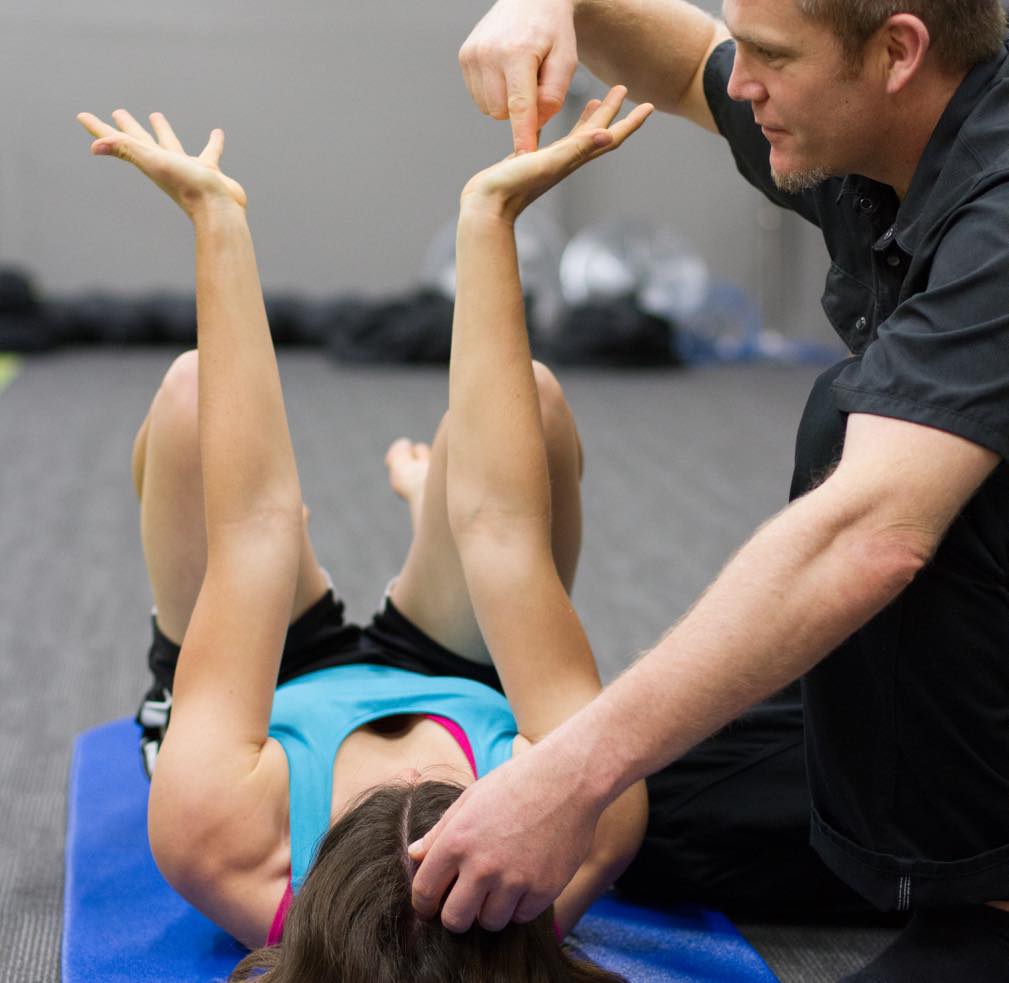
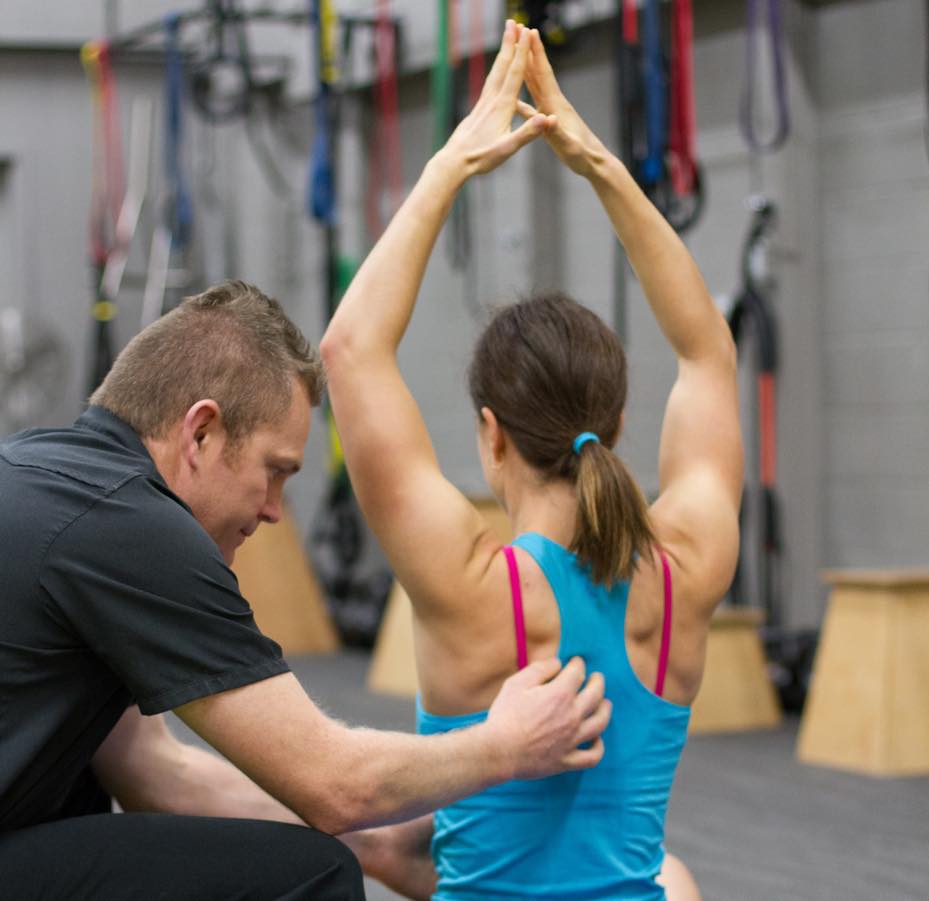
ELDOA (Étirements Longitudinaux avec Decoaptation OsteoArticulaire or Longitudinal Osteo-Articular Decoaptation of the Spine)
ELDOA exercises or “ELDOAs” are a set of specific postures created by world-renowned Osteopath, Guy Voyer DO with the goal of increasing space within a chosen joint region. Increasing the articulated space between joints brings a multitude of health benefits including:
- Relief from pain
- Improved joint mechanics
- Increased blood flow
- Reduced pressure on discs
- Spinal rehydration
- Increased muscle tone
- Overall sense of wellbeing
- Performance enhancement
- Sports recovery
These distinct and sometimes complicated postures can be tailored to fit each individual client’s needs through all stages of healing.
ELDOA’s are not solely used in injury rehabilitation situations, they are also incorporated into the training programs by many professional athletes and teams to improve performance.
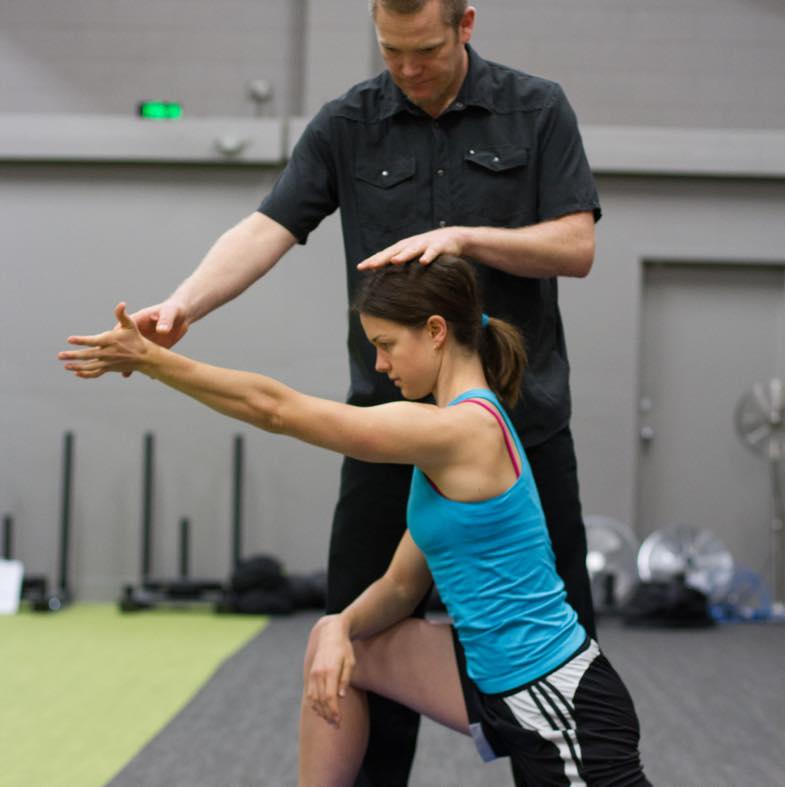
Myofascial Stretching
Myofascial Stretching are exercises that work to correct soft tissue imbalances throughout the body. Everyone knows about the benefits of individual muscle stretching. However, it is more advantageous to consider each muscle in relation to another, creating a muscular chain extending throughout the entire body.
The reason for this is because of the aponeurotic sleeve, a ribbon of material wrapping and connecting all muscles called fasciae. The goal of Myofascial Stretching is to correct any imbalances and release any tension in this sleeve ensuring the entire muscular chain is functioning at an optimal level. It also works to reduce overall inflammation and pain by creating space and balance in the body.
The flexibility gain from Myofascial Stretching improves not only joint mobility, but overall health. With better posture and a greater physical range of motion, suddenly everyday tasks become easier to perform and injuries become fewer.
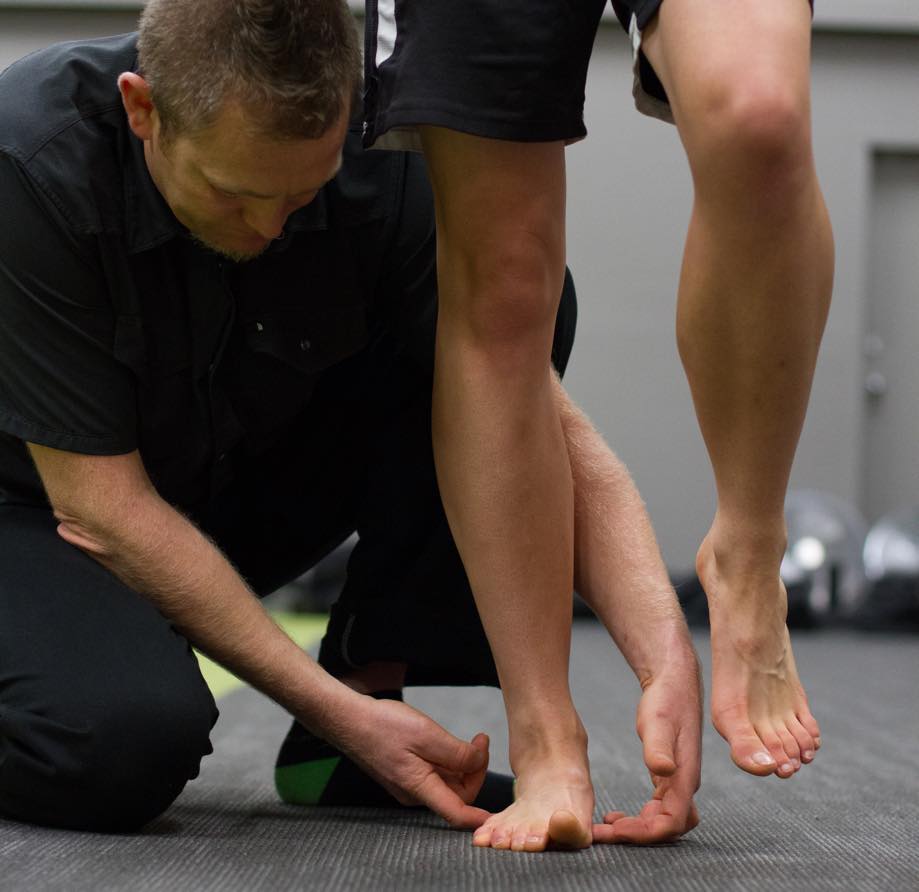
Proprioception & Awareness
“Only with good awareness is it possible to ask the body to correct itself.”
Awareness
The journey to achieving maximum performance potential requires not only a physical workout, but a mental one as well. How can muscles be strengthened or posture corrected if the brain doesn’t know the specific area being treated? To create awareness the brain must be trained to become acquainted with and recognize particular areas of the body. At The Rehab Room, we include specific movements in all our exercises to foster this awareness, allowing clients to have more control of their body.
Specific Proprioception Training
The physiology that controls how our joints move, or articulate, depends on a number of mechanisms in the tendons, ligaments and surrounding tissue. It is important to train these specific mechanisms in order to increase or revive control of a joint. This process is called Specific Proprioception Training and can be used in the healing process following a sprain or to treat arthrosis as an example.
These exercises are not about the joint itself, but the collective group of mechanisms surrounding it. Specific Proprioception Training is a major factor in the road to recovery from injury as well as reaching maximum performance potential.
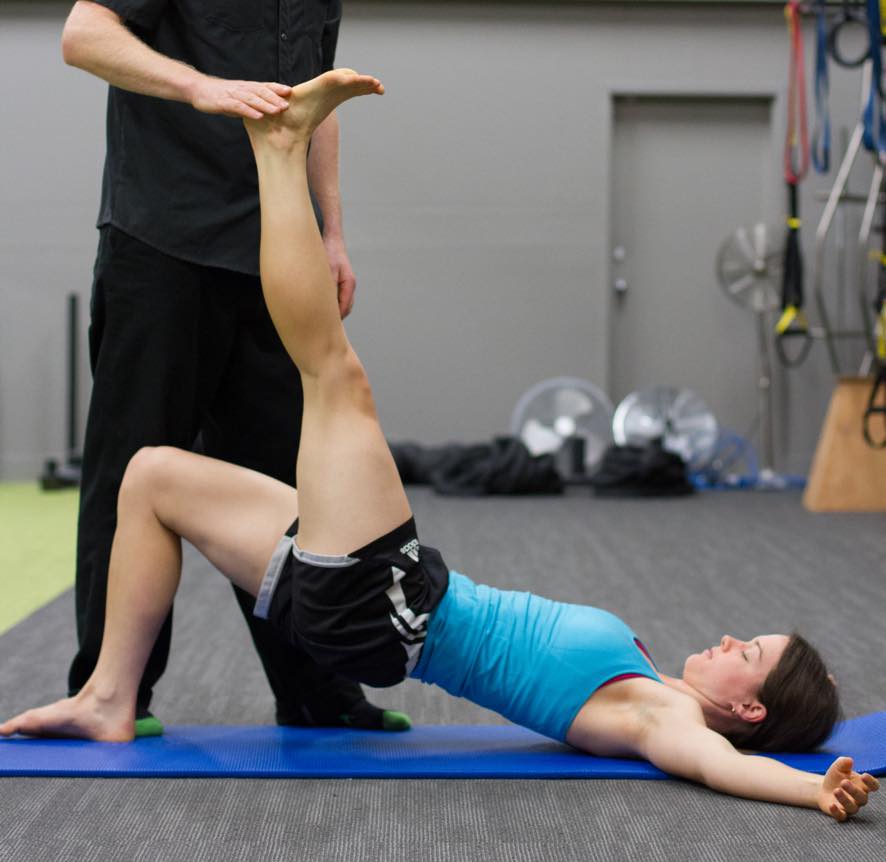
Segmental Strengthening
“You’re only as strong as your weakest link.”
Although global exercises can be used to train muscle groups specific to a particular sport, if the body is not prepared, this type of training can result in various muscle imbalances that lead to decreased performance and injury. Here at The Rehab Room we use global exercises, but only after ensuring our clients are adequately prepared. We help them train each muscle individually prior to performing a global movement.
There are more than 600 muscles in the body. They all need to be prepared through the use of specific movements to achieve the quality of training required for a successful rehabilitation or athletic performance. To prepare, The Rehab Room uses hundreds of precise exercises for the beginning, superficial, middle and deeper part of each muscle. Each exercise focuses on a different muscular goal such as:
- Strength
- Volume
- Power
- Speed
- Resistance
- Endurance
Once the ideal quality of muscles fibres is achieved, the client can progress to specific global exercises to achieve their particular performance or recovery goals. By utilizing this type of prepared training, we eliminate the body’s weakest link and foster a strong and healthy path to improved mobility and athletic ability.
